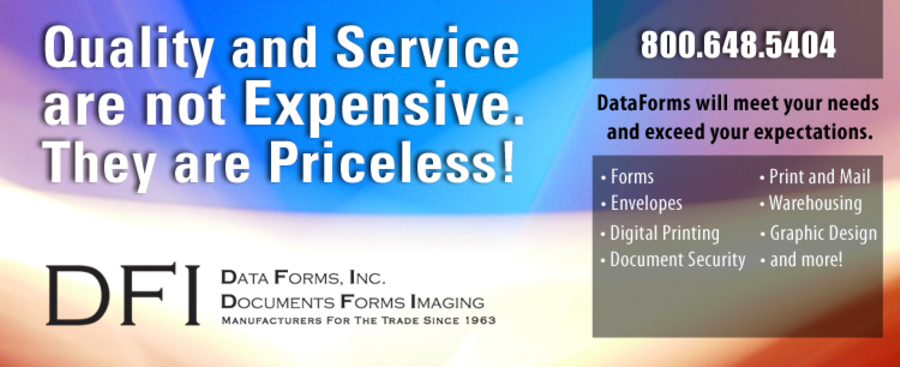The
main differences between digital printing and traditional printing methods such
as lithography,
flexography,
gravure,
or letterpress
are that no printing plates are used, resulting in a
quicker and less expensive turn around time, and typically a loss of some
fine-image detail by most commercial digital printing processes. The most
popular methods include inkjet
or laser printers
that deposit pigment or toner onto a wide variety of substrates including
paper, photo paper, canvas, glass, metal, marble and other substances.
In
many of the processes the ink or toner does not permeate
the substrate, as does conventional ink, but forms a thin layer on the surface
that may be additionally adhered to the substrate by using a fuser fluid with
heat process (toner)
or UV curing process (ink).
The digital printing press can
offer significant benefits thanks to ground breaking technology. Smaller toner
particles, greater reduction in fuser oil allows digital printing to have a
very near offset look and feel. Greater stocks ranges and closer PMS colour
matching are achievable.
How does this benefit you?
High quality, full color printing in low quantities
can be produced quickly and cost effectively using the Digital Production
method. Offset Printing is still
superior for images with fine detail but most people can’t tell the difference
between digital and offset without looking through a magnifying glass.
Targeted and Personalized Marketing Pieces
(Postcards, Flyers, Brochures) can now be produced making each piece more
relevant to the recipient. This means
increased response and conversion rates.
Initially, as with a number of new technologies, there were technical issues. Presses were unreliable; ink and toner didn’t stick to the paper; and the cost of consumables was too high to generate any substantial application transfer from offset technology.
Today, Indigo has been taken over by Hewlett Packard. Xeikon faced bankruptcy before being acquired by Punch Technologies. Kodak bought out Heidelberg’s share of NexPress. Ink and toner are now sticking to the paper. The quality of the output is substantially better. Consumables costs are down and reliability has improved dramatically. Broad arrays of substrates are available to make the technology more competitive with offset. In-line finishing options abound to enhance operational efficiency. And there are a number of application software solutions to support the implementation of customized marketing programs.
The Opportunity
The convergence of more affordable and reliable equipment that can deliver high-quality output, ease-of-use application software tools, and finishing and substrate alternatives is driving tremendous growth in digital color printing.




